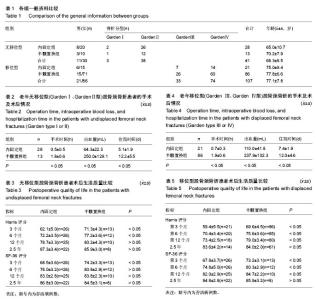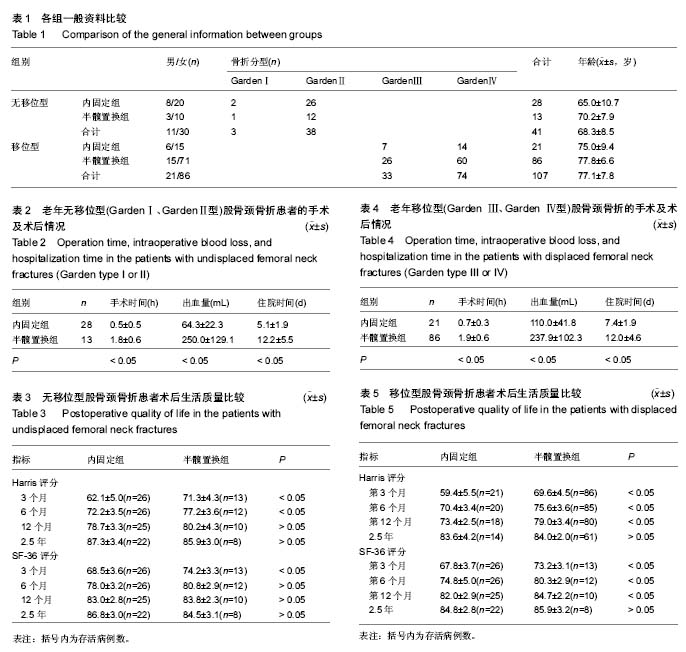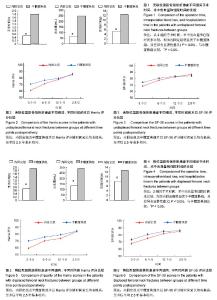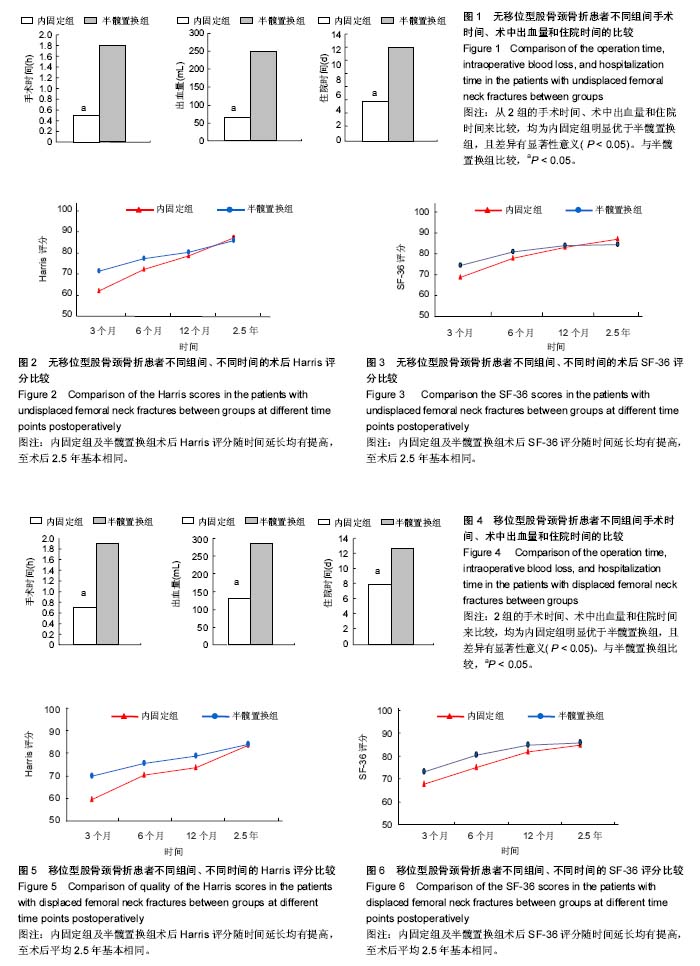| [1] Cooper C, Campion G, Melton LJ III. Hip fractures in the elderly: a world-wide projection. Osteoporos Int. 1992;2:285-289.[2] Stoen RO, Nordsletten L, Meyer HE, et al. Hip fracture incidence is decreasing in the high incidence area of Oslo, Norway. Osteoporos Int. 2012;23:2527-2534[3] Figved W, Dahl J, Snorrason F, et al. Radiostereometric analysis of hemiarthroplasties of the hip-a highly precise method for measurements of cartilage wear. Osteoarthritis Cartilage. 2012;20:36-42.[4] Pawaskar SS, Ingham E, Fisher J, et al. Fluid load support and contact mechanics of hemiarthroplasty in the natural hip joint. Med Eng Phys. 2011;33:96-105.[5] Muraki M, Sudo A, Hasegawa M, et al. Longterm results of bipolar hemiarthroplasty for osteoarthritis of the hip and idiopathic osteonecrosis of the femoral head. J Orthop Sci. 2008;13:313-317.[6] Parker MJ, Gurusamy KS, Azegami S. Arthroplasties (with and without bone cement) for proximal femoral fractures in adults. Cochrane Database Syst Rev. 2010;6:CD001706.[7] Garden RS. Low angle fixation in fractures of the femoral neck. J Bone Joint Surg Br. 1961;43:647-663.[8] Hinchey JJ, Day PL. Primary prosthetic replacement in fresh femoral neck fractures. A review of 294 cpnsecutive cases. J Bone Joint Surg Am. 1964;46:223-240. [9] Miyamote RG,Kaplan KM,Levine BR,et al.surgicaI management of hip fractures:an evidence-based review of the literature.I:Femoral neck fractures. J Am Aead Orthop Surg. 2008;16(10):596-607.[10] Andmss HJ,Grubwinkler M,Forkl H,et al. Change of daily life activity after femoral hip fracture in elderly patients. Zentralbl Clair.2005;2:142-147[11] Barnes R, Gardsen R. Subcapital fractures of the femur. J Bone Joint Surg. 1976;58(B):2-24. [12] Zlowodzki M, Bhandari M, Keel M, et al. Perception of Garden's classification for femoral neck fractures: an international survey of 298 orthopaedic trauma surgeons. Arch Orthop Trauma Surg. 2005;125(7):503-505. [13] 李佛保. 股骨颈骨折治疗的困难和对策[J].中华创伤杂志,2000, 16(3):136-137.[14] Koval KJ, Friend KD, Aharonoff GB, et al. Weight Bearing After Hip Fracture: A Prospective Series of 596 Geriatric Hip Fracture Patients. J Orthop Trauma. 1996;10(8): 526-530.[15] Kanis JA, Oden A, Johnell O, et al. The components of excess mortality after hip fracture. Bone.2003;32:468-473.[16] Lu Yao GL, Keller RB, Littenberg B, et al. Outcomes afterdisplaced fractures of the femoral neck: a meta-analysis of 106 published reports. J Bone Joint Surg. 1994;76(A): 15-25. [17] Iberg B, Overgaard S, Lauritsen J, et al. Lower reoperation rate for cemented hemiarthroplasty than for uncemented hemiarthroplasty and internal fixation following femoral neck fracture: 12- to 19-year follow-up of patients aged 75 years or more. Acta Orthop. 2013;84(3):254-259.[18] Bhandari M, Devereaux PJ, Swiontkowski MF, et al. Internal fixation compared with arthroplasty for displaced fractures of the femoral neck. A meta-analysis. J Bone Joint Surg Am. 2003;85:1673-1681.[19] Catto M. A histological study of avascular necrosis of the femoral head after transcervical fracture J Bone Joint Surg Br. 1965;47(4):749-776.[20] 陆维举,许斌,赵建宁.股骨颈骨折内固定后骨不连、头坏死的因素分析[J].中华创伤杂志,1998,14(2):108-109.[21] Støen RØ, Lofthus CM, Nordsletten L, et al. Randomized trial of hemiarthroplasty versus internal fixation for femoral neck fractures: no differences at 6 years. Clin Orthop Relat Res. 2014;472(1):360-3367. |



